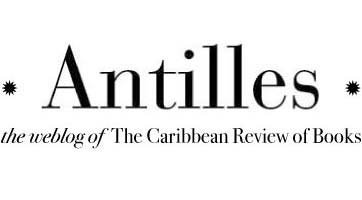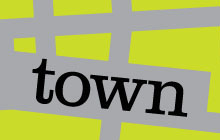Saxophone and oboe
The Indian social theorist Ashis Nandy writes of the two voices in Kipling, which have been called the saxophone and the oboe. The first is the hard, militaristic, imperialist writer, and the second is the Kipling infused with Indianness, with admiration for the subcontinent’s cultures. Naipaul has a saxophone and an oboe, too, a hard sound and a softer one. These two sides could be called the Wounder and the Wounded.
-- From James Wood's review--one of the most intelligent and substantial so far--of The World Is What It Is, in this week's New Yorker. Wood includes an insightful and unexpected comparison of Naipaul to Frantz Fanon:
Fanon believed in violent revolution, but Naipaul’s radical pessimism meets Fanon’s radical optimism at that point where the cut of colonial guilt, angrily resisted by both men, is converted into the wound of colonial shame--“a kind of curse.” Fanon had argued, “The colonist is an exhibitionist. His safety concerns lead him to remind the colonized out loud: ‘Here I am the master.’ The colonist keeps the colonized in a state of rage, which he prevents from boiling over.” And the title novella of “In a Free State” is practically a working demonstration--spare, bleak, and burning--of that argument.
Meanwhile, Judy Bachrach of Vanity Fair writes an angry dissent to all the glowing reviews of Patrick French's book.








No comments:
Post a Comment